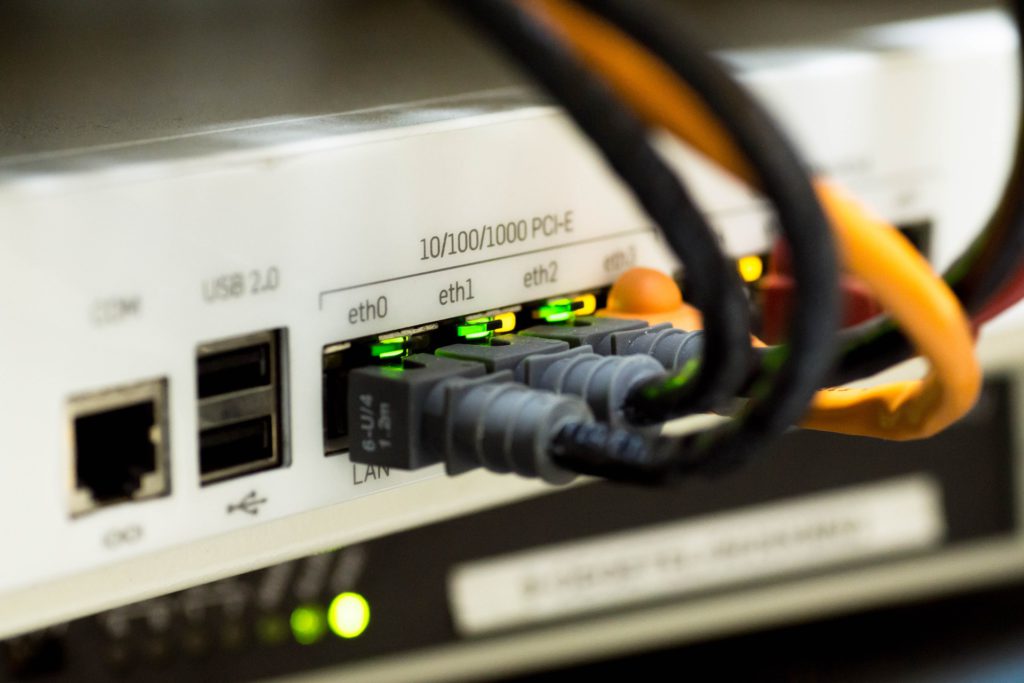As our world becomes increasingly digitized, the number of problems we encounter also increases. As we move key areas such as communication, video, and working online, a number of new challenges occur. One of these is packet loss, something that significantly impacts those that rely on the transfer of data via a network connection, in order to conduct business.
What is packet loss?
Packet loss is the term used to describe a situation whereby one or more packets of data that are being sent across a network fail to arrive. For example, if you are running a VoIP device and you experience packet loss, there may be blips, drops, and other issues with the voice data when it arrives at its destination. It can occur across WiFi connections, 3G/4G/5G, and regular broadband. It can also happen with conventional phone lines or any other kind of network.
The total packet loss is calculated by seeing how many packets were supposed to be sent and how many arrived. This is called the packet loss ratio. Packet loss can be highly frustrating when having a zoom meeting, streaming a film, or playing online games. It can also be frustrating for businesses that rely on the complete transfer of data, whether voice, image, or other.
Can it be rectified?
The key to preventing or solving the issue of packet loss is effective monitoring. Packet loss can be a big issue for businesses as it can impact critical operations.
Overall, the best way to combat this and rectify the situation is through pocket loss monitoring. If your business relies on data transfer, it’s advisable to opt for an enterprise-grade solution to help your network administrator. This software can stay on top of call quality metrics, including latency, packet loss, and MOS. It’s also possible to see how the network performs, allowing you to set performance baselines and parameters. For those working in a larger organization with lots to stay on top of, investing in software to limit the load is a smart move.
But what else can you do to troubleshoot packet loss?

While nothing can compete with enterprise-grade software, there are some other tricks and tips you can employ.
- As with anything involving software, hardware, networks, or IT, one of the first things you can try is turning it off and on again. Yes, really. If you can afford a few moments of downtime, switching everything off and resetting it is always worth a try.
- You should then check all of your connections. Unplug things and plug them back in again, ensure they are appropriately connected, and make sure the correct switches are flipped will save you many headaches as you continue troubleshooting!
- Always be sure to keep your software up to date, especially those related to your software. This includes regular updates and patches.
- You should also keep an eye on your hardware. Make sure it’s up to date, running well, and not defective in any way. Again, there is software you can get to monitor this and advise you when it’s time to upgrade.
A smoothly running network and a happy IT department is key to running a successful business. Being able to conduct certain activities that take place over a network, particularly when they involve customers, is also important. With these tips, you should be able to help prevent and swiftly deal with any package loss issues if and when they arise.
















